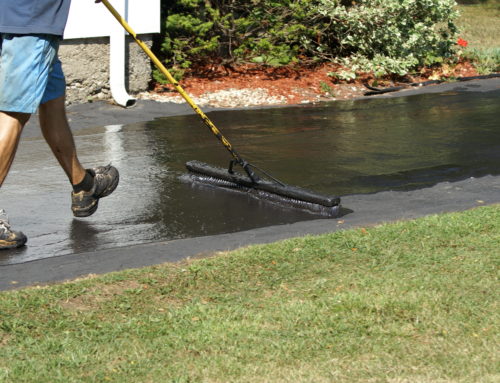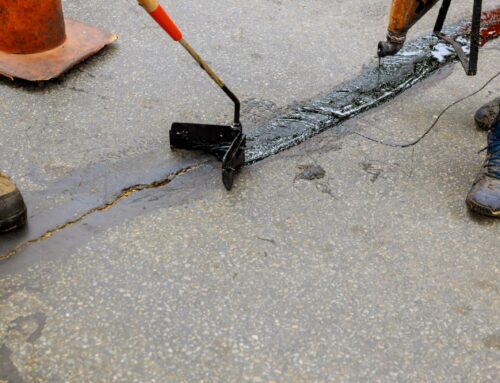This month on the Sunrise blog, we want to look to the future specifically in our industry of roadways. We are going to cover the types of roadways people are speculating we will see, the cars we will use on those roads, and a few other topics that fit. First up are those roadways.
Previously on the blog, we talked about the history of paved roads and how we got to where we are now. Now let’s look onward to what may come.
Plenty new tech is coming to the was we see the roads, specifically at night. For instance, we have interactive lights. Essentially, on less traveled roads motion activated lights will grow brighter as vehicles get closer and dim away as the source of light leaves the range. This would allow for safety and save a few cents on the electric bill. Another possible solution is wind-power. This would work via pinwheel generators set up along the path of vehicles, the air displacement from the vehicle passing would spin mini-turbines, and those would in turn keep lights powered. Already having seen use in the Netherlands is glow in the dark road marking. The paint of roadways is made up of phot-luminising power which harnesses the sunligt during the day enough to glow for up to eight hours every night. Though they didn’t work as well as hoped, they are still being worked on, and the chance we’ll be driving on Tron-roads in the future is higher than zero.
Lighting isn’t the only change coming to the roads. Two other techs in development both have to do with the roads themselves like Solar roadways. Essentially, the surface would be a glass-like surface with LEDs for markings and solar panels built into power lights. There a lot of benefits to the use of solar roadways,but that’s just the thought right now. They begun to be installed in some places, and we’ll see how they come along. In the same vein is the proposed electric lanes. These would be priority lanes for electric vehicles that could charge their batteries while driving via embedded magnetic fields
Those are just some of the proposed future techs in roads. But for now, asphalt is the tried and true method.



